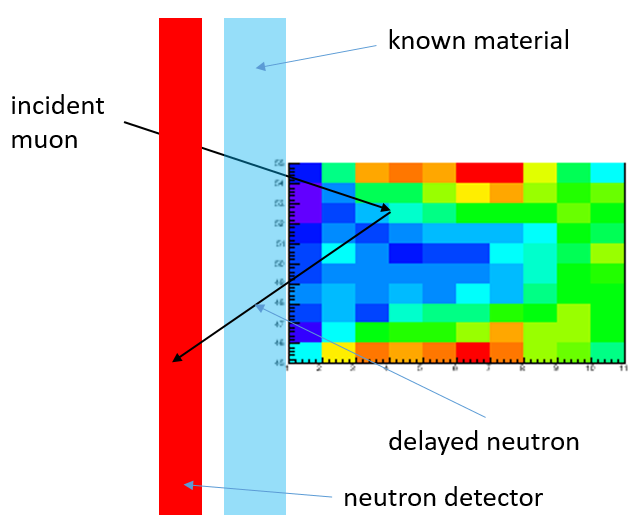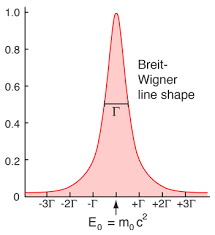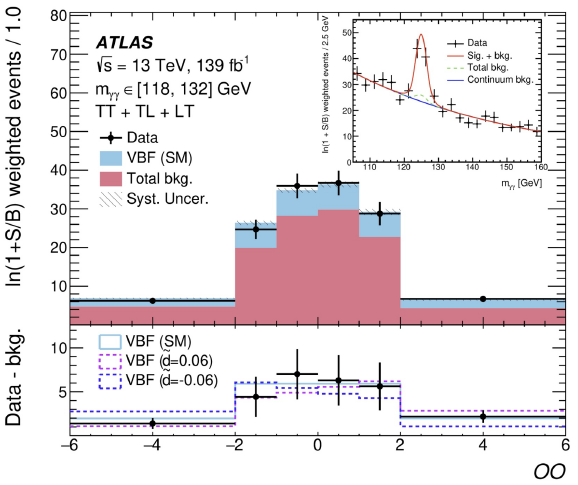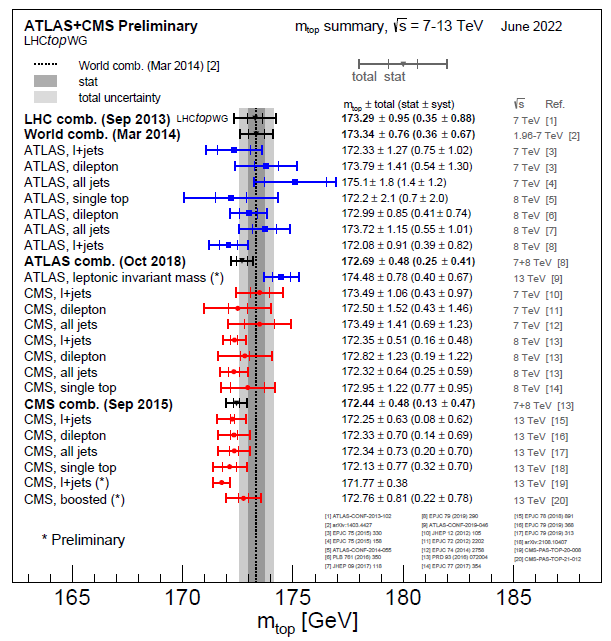In a
recent post in this blog I discussed the idea of exploiting the properties of negative muons for a new kind of imaging technique of unknown volumes of material. The idea is based on the fact that negative muons stopped inside matter have a lifetime that is modified by nuclear interactions, so that a precise detection of their lifetime and point of decay becomes a means of inferring the composition of unknown volumes. Here, I want to offer the results of a quick simulation of the processes, to show that the idea is not so far-fetched.
Different techniques for muon tomography
Are you a recently (<8 years) appointed Ph.D. graduate in fundamental physics, who wants to work in Italy? This post is for you. The INFN is opening 20 positions for foreigners who would like to join a group of research in one of the INFN sections (there are 25 across Italy). The positions are for one year, renewable, and the salary is competitive, given that it is roughly at the level of a starting associate professor in Italy. Note, also Ph.D. students who plan to graduate before November 1st 2023 can apply!
Also, the 8-years limit can be waived if you spent time in maternity, military service, or illness. The winning candidates are expected to start their contract before November 2023.
In the final day of the ICNFP 2022 conference in Kolympari (Greece), we could listen to an enlightening presentation by Prof. Marek Karliner (Tel Aviv University), who is an absolute authority on the matter of the theory of hadron spectroscopy.
A reader of this blog left an interesting question in the comments thread of the article I wrote on recent ATLAS results two days ago. As I tried to answer the question exhaustively, I think the material might be of interest of other readers here, so I decided to make an independent post of it, adding some more detail.
John asks whether it is possible that what we see, when we plot the mass of a particle, is the true distribution of values of the particle - i.e. that the particle does not have only one mass, but a distribution of values. The question is not an idle one! So let us discuss it below. I will make a few points to clarify matters.
1. We estimate by proxy
Bill Murray gave a nice summary of recent results from the ATLAS collaboration at the ICNFP conference this morning, and I will nit-pick a few graphs from his presentation to show the level of detail of investigations in subnuclear processes that the Large Hadron Collider (LHC) is providing these days, as seen from the lens of one of its two main microscopes, the wondrous ATLAS detector.
The LHC is taking data. What, again?
I arrived to Kolymbari, a nice seaside resort on the western coast of the Greek island of Crete, late yesterday night, and am now already immersed in the morning session of the XI edition of the International Conference on New Frontiers in Physics. This event, which takes place at the Orthodox Academy of Crete in Kolymbari since 2012, takes a rather broad view on advances in both experimental results and theory of fundamental physics.
 Living At The Polar Circle
Living At The Polar Circle Conferences Good And Bad, In A Profit-Driven Society
Conferences Good And Bad, In A Profit-Driven Society USERN: 10 Years Of Non-Profit Action Supporting Science Education And Research
USERN: 10 Years Of Non-Profit Action Supporting Science Education And Research Baby Steps In The Reinforcement Learning World
Baby Steps In The Reinforcement Learning World









